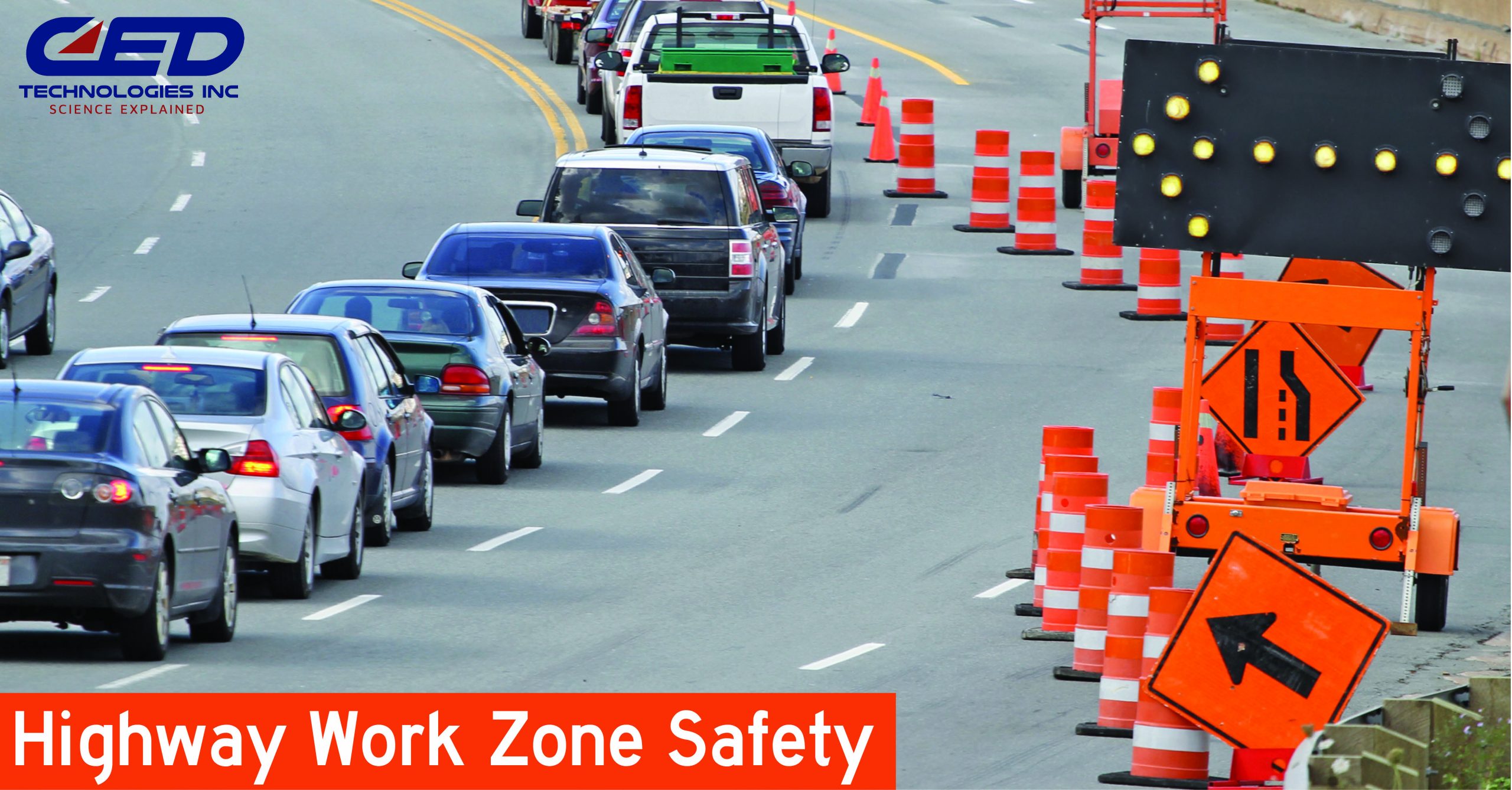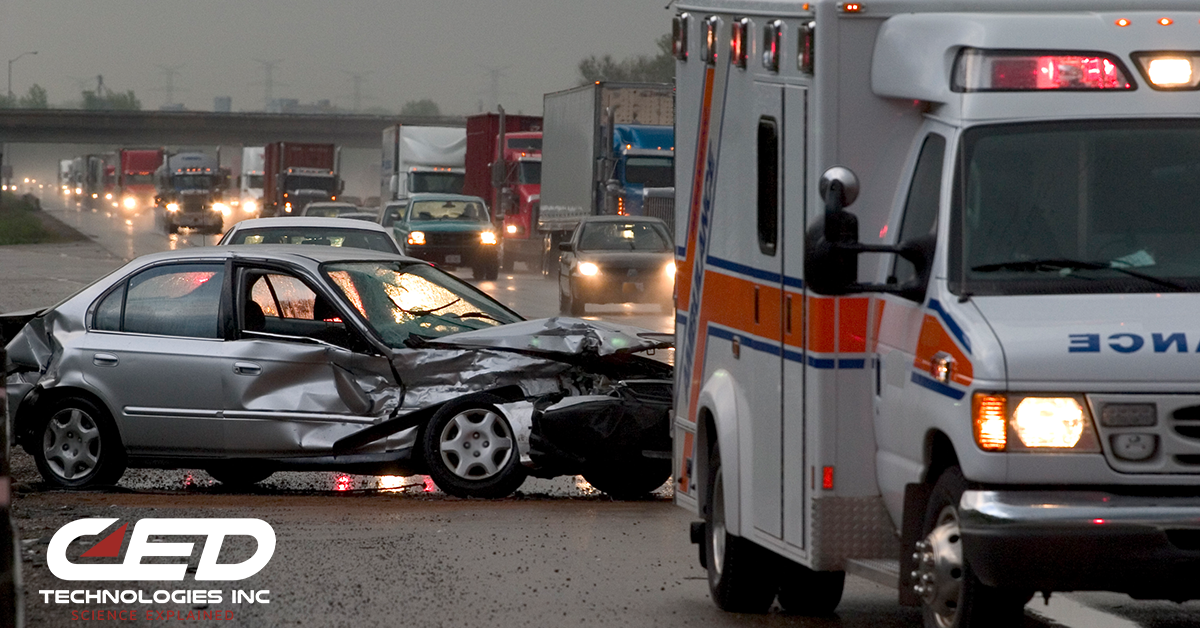Highways are often the quickest option to get from Point A to Point B. Many drivers take advantage of this option, with highways across the US experiencing higher rates of congestion. To keep up with increasing demand on roadways and to alleviate traffic issues, construction crews work to expand lanes, improve traffic patterns, and improve safe driving conditions.
Daily changes in traffic patterns, narrowed rights-of-way, and other construction activities create a combination of factors that may result in crashes, injuries, and fatalities. These crashes can also cause excessive delays, especially given the constrained driving environment. The US Department of Transportation Federal Highway Administration notes that work zones account for an estimated 10 percent of overall congestion and 24 percent of unexpected freeway delays.
According to the Centers for Disease Control and Prevention (CDC), an average of 773 individuals lose their lives in work zone traffic crashes every year. The number of fatal work-related injuries at road construction sites averages 123 per year.
Work zones can present unfamiliar and dangerous situations for many drivers regardless of experience. Drivers play a vital role in improving work zone safety and minimizing work zone accidents and fatalities.
It is important for all drivers to reduce speeds and remain alert when approaching work zones:
- The majority of fatal work zone crashes occurred on roads with speed limits greater than 50 mph.
- Stopping distance for most drivers and motor vehicles at 50 mph varies based on condition:
- Dry roadway: approx. 250 ft
- Wet roadway: approx. 300 ft
- Icy pavement: approx. 800 ft
- The stopping distance is greatly influenced by the driver’s ability to perceive and react to a hazard. For this reason, it is increasingly important to remain alert while traveling through work zones.
- A loaded 80,000 lb. tractor-trailer requires significantly more stopping distance.
- Total trip time is not reduced greatly by slowing; it only takes an extra 25 seconds to cover 1 mile at 45 mph compared to 65 mph.
- All states have increased penalties for speeding in active work zones.
Crashes in highway work zones can be more complicated to analyze than non-work zone crashes. Engineers at CED Technologies have expertise in accident reconstruction as well as the experience and knowledge to interpret standards defined by the Occupational Safety and Health Administration (OSHA) and the guidelines in the Manual on Uniform Traffic Control Devices (MUTCD) pertaining to work zone accidents. Contact us today or submit a case online!
Click Here To See Our Full List of Experts Click Here To Submit an Inquiry about a possible Claim or Case.






